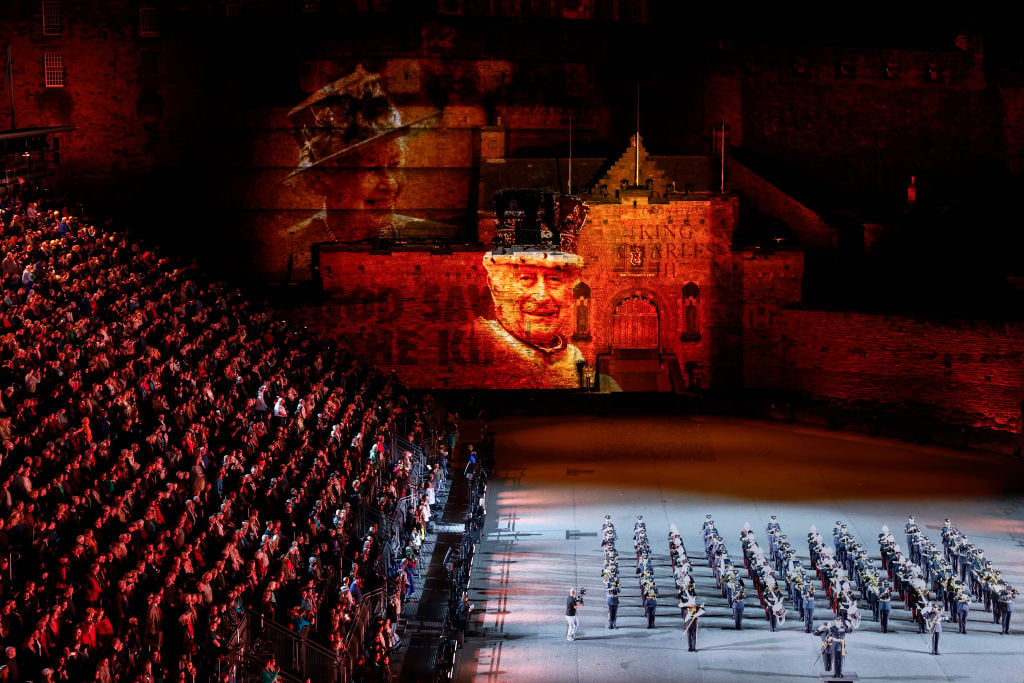A few months after Russia’s invasion of Ukraine, I was sitting in a roof garden in central Edinburgh, conducting an interview with a woman who had fled the war. When the One o’Clock Gun went off from Edinburgh Castle, she visibly jumped, even though I had warned her it would happen. She told me how she had had to run out of an exhibition explaining the Blitz to school children, complete with realistic air raid sirens and noises of bombs - as it sparked an episode of PTSD.
Advertisement Advertisement Sign up to our Opinion newsletter Thank you for signing up! Did you know with a Digital Subscription to The Scotsman, you can get unlimited access to the website including our premium content, as well as benefiting from fewer ads, loyalty rewards and much more. It is not surprising she felt that way. War has edged closer in recent years - for all of us, not only for those from Ukraine who have seen their lives turned upside down by more than two years of missile attacks and bombing raids.

The period of almost unprecedented peace that most of us in Scotland have so far experienced throughout our lifetimes is undoubtedly on a shoogly peg. This is why it shocks me every year that we still celebrate a fly past of bombers as part of the Royal Edinburgh Military Tattoo. If my Ukrainian interviewee - or any of the other 20-odd thousand like her who left their war-torn home country for Scotland over the past two years - happened to be walking down Princes Street when one of the Tattoo.























